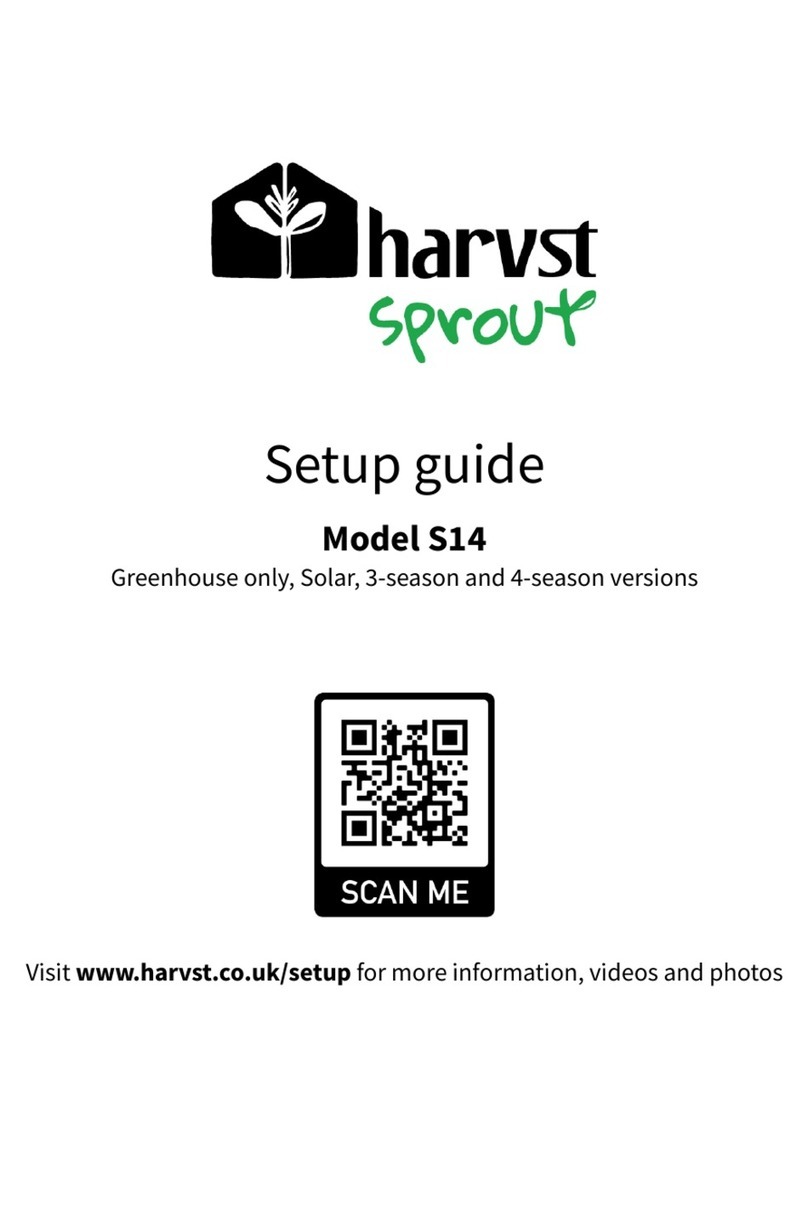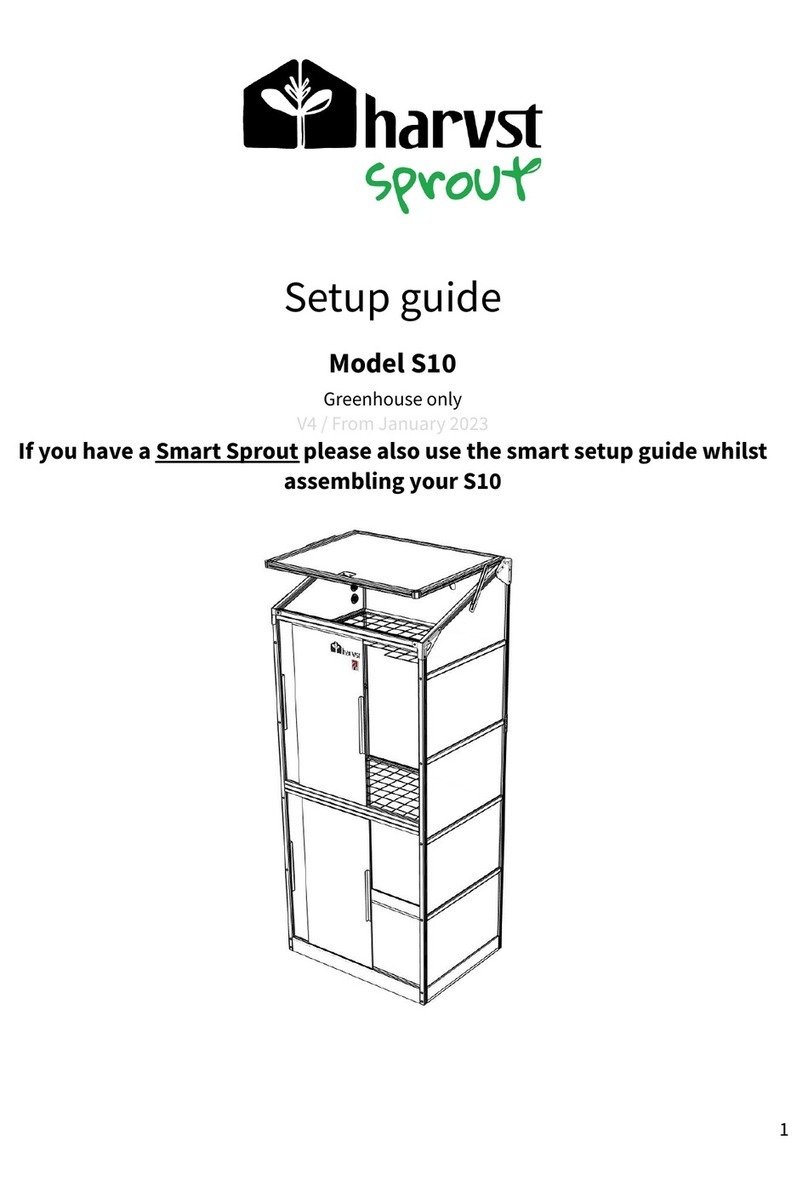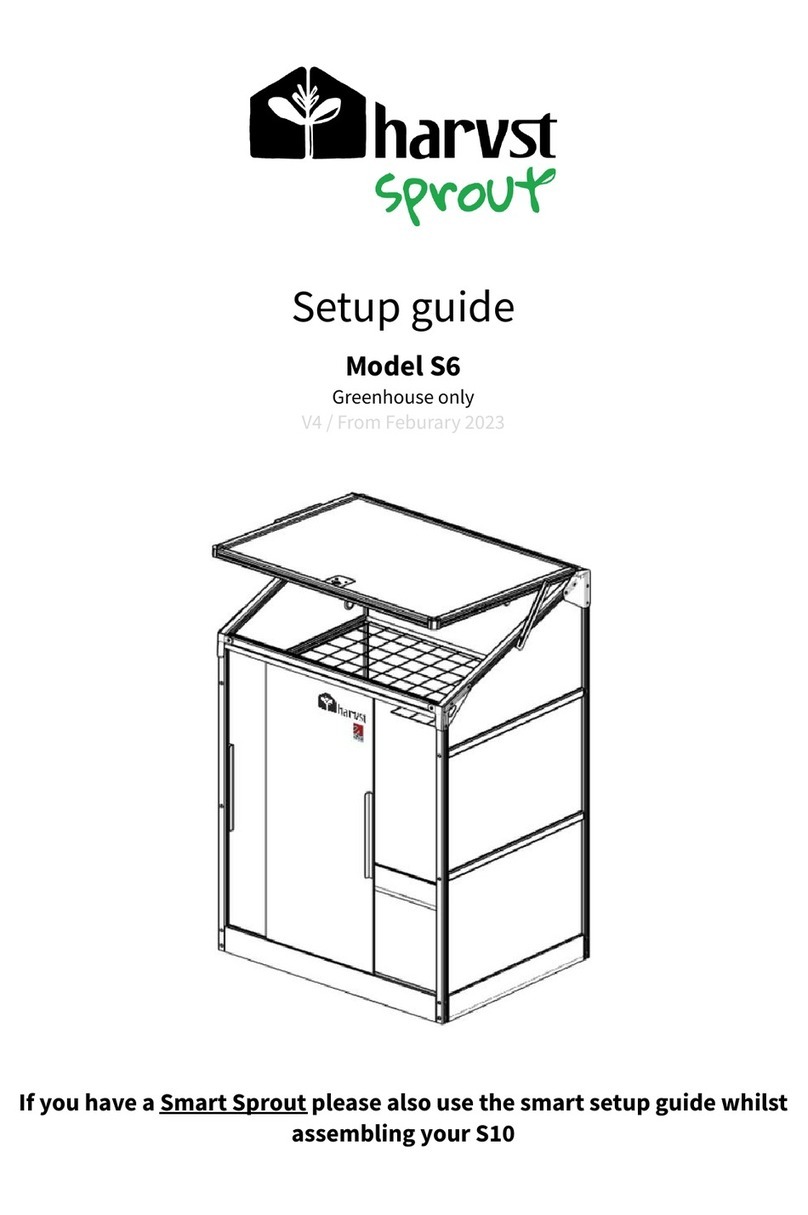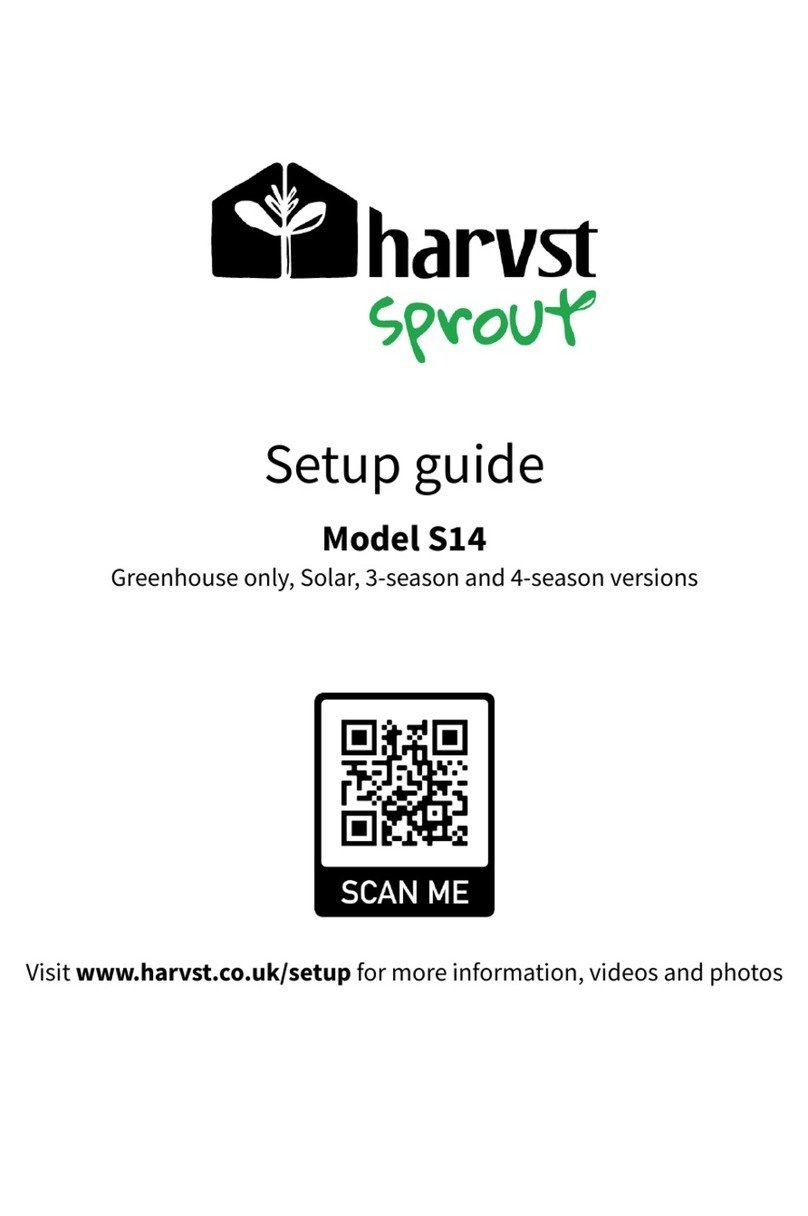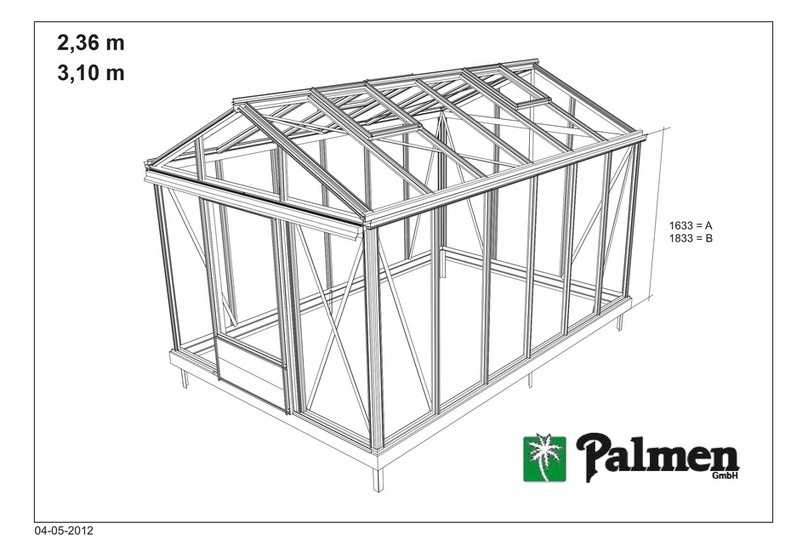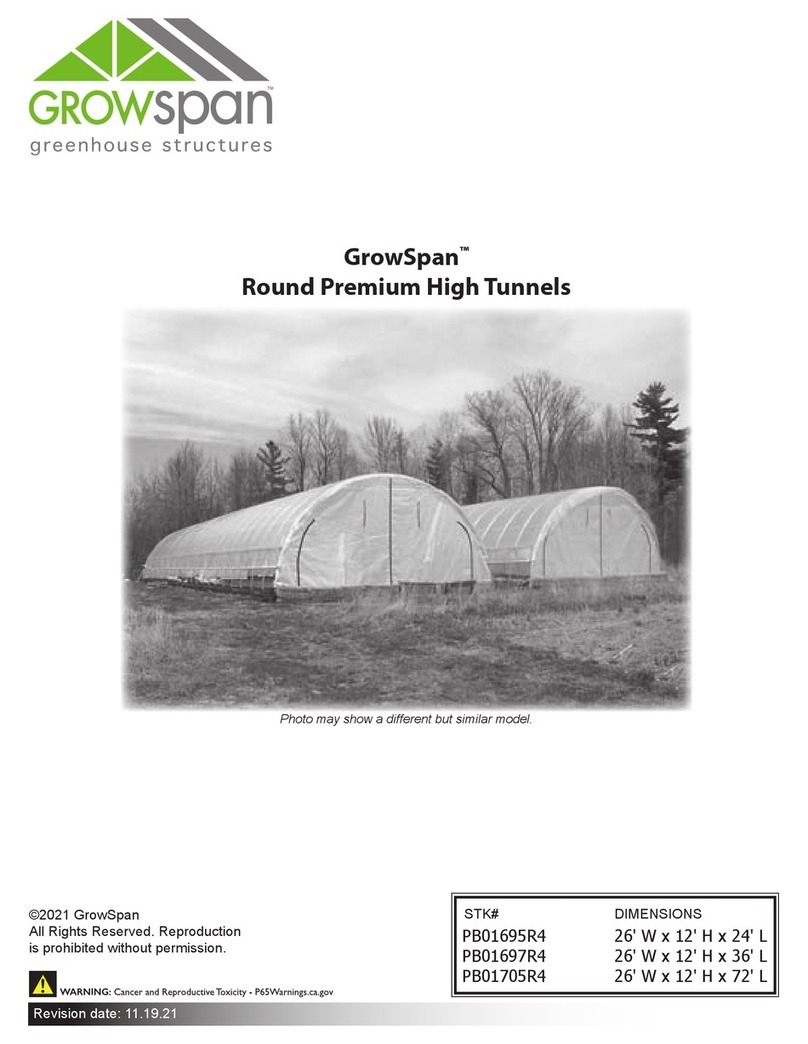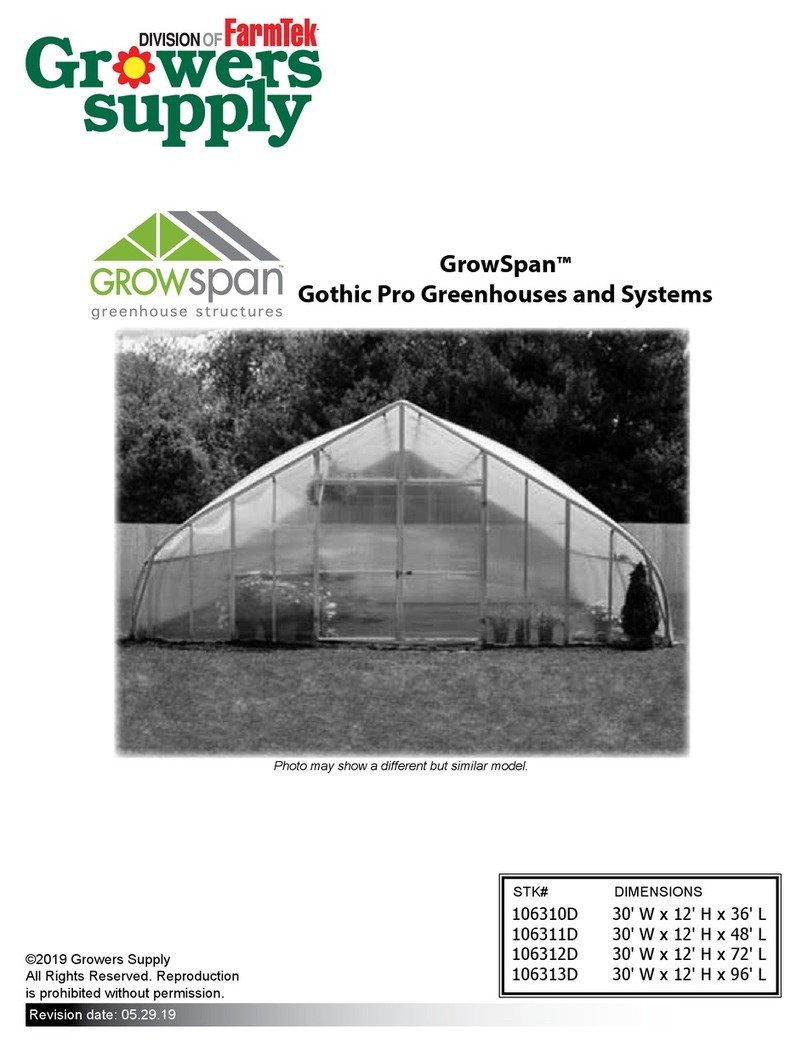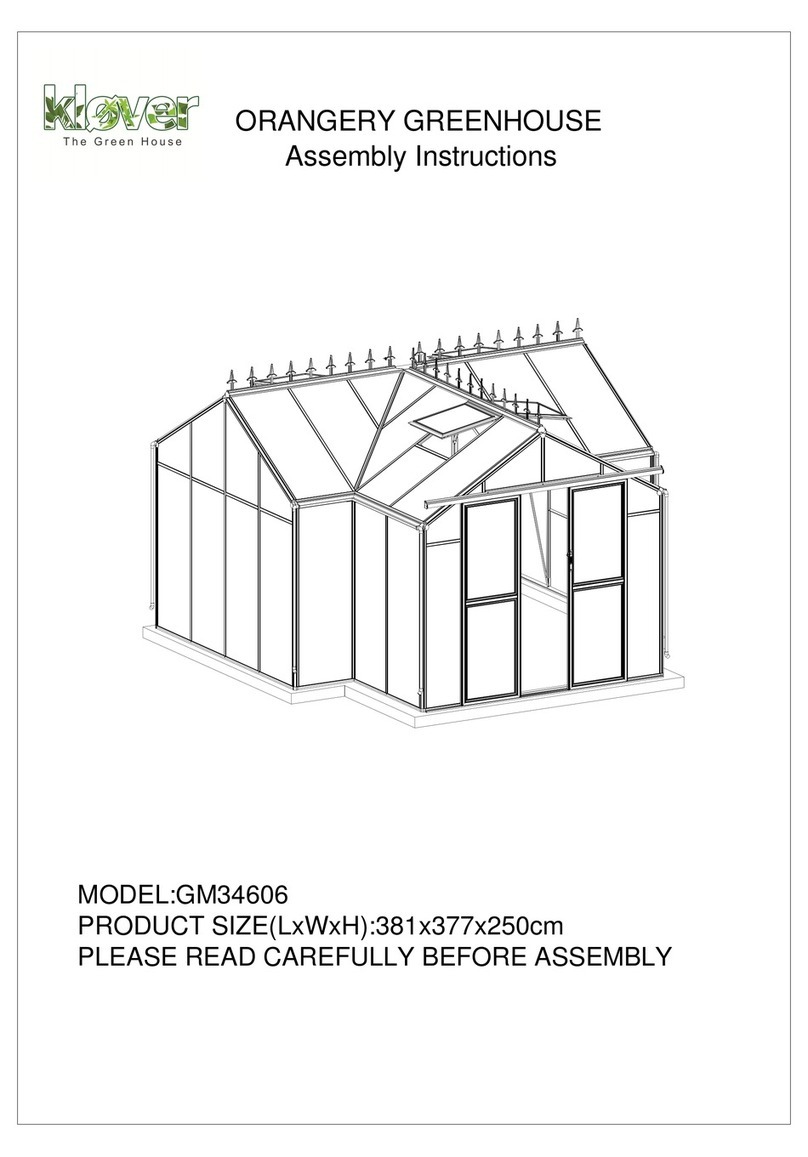harvst Yard User manual




















Other harvst Greenhouse Kit manuals
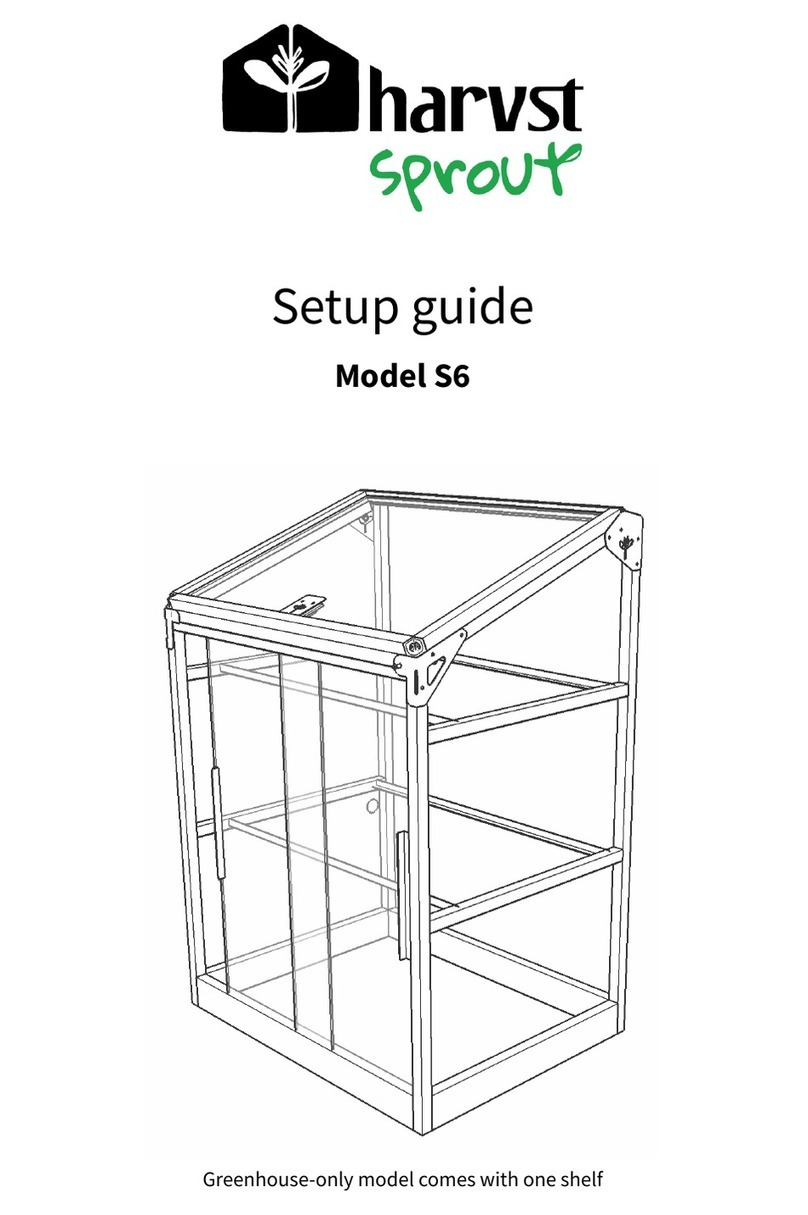
harvst
harvst Sprout S6 Mini User manual
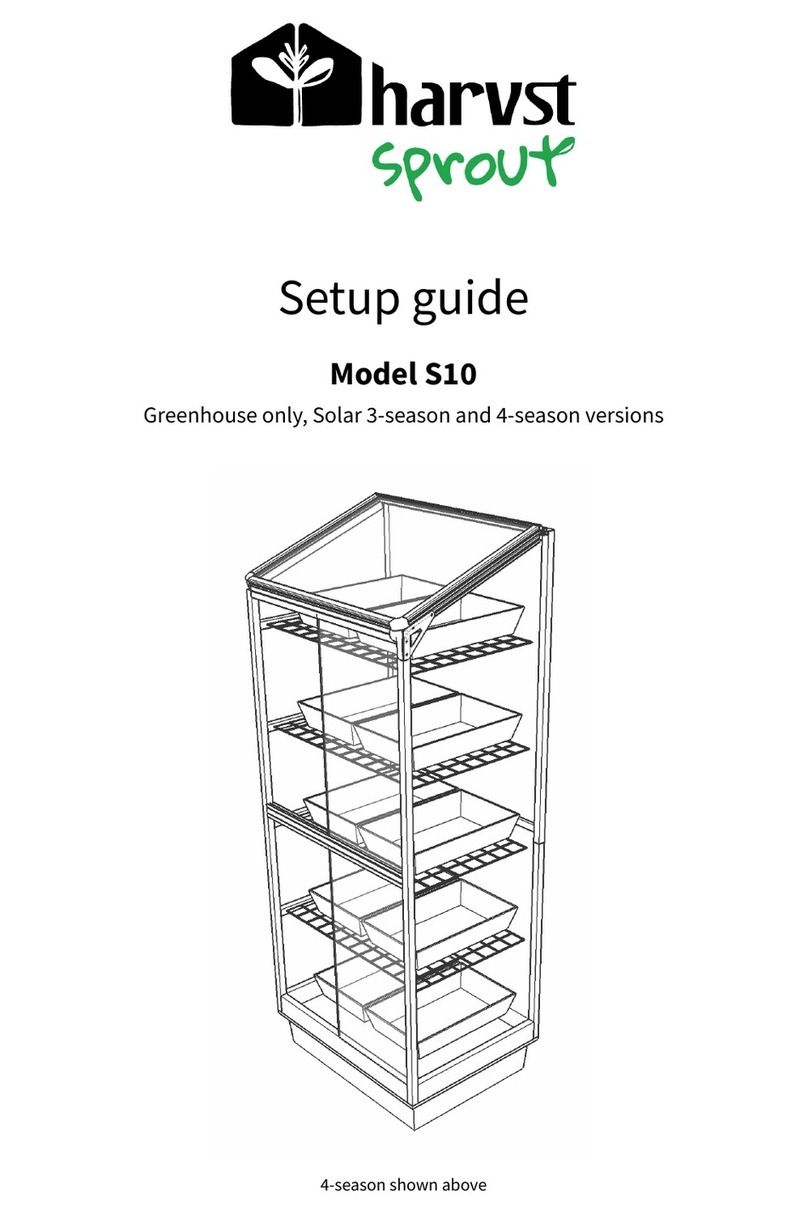
harvst
harvst Sprout S10 Mini User manual
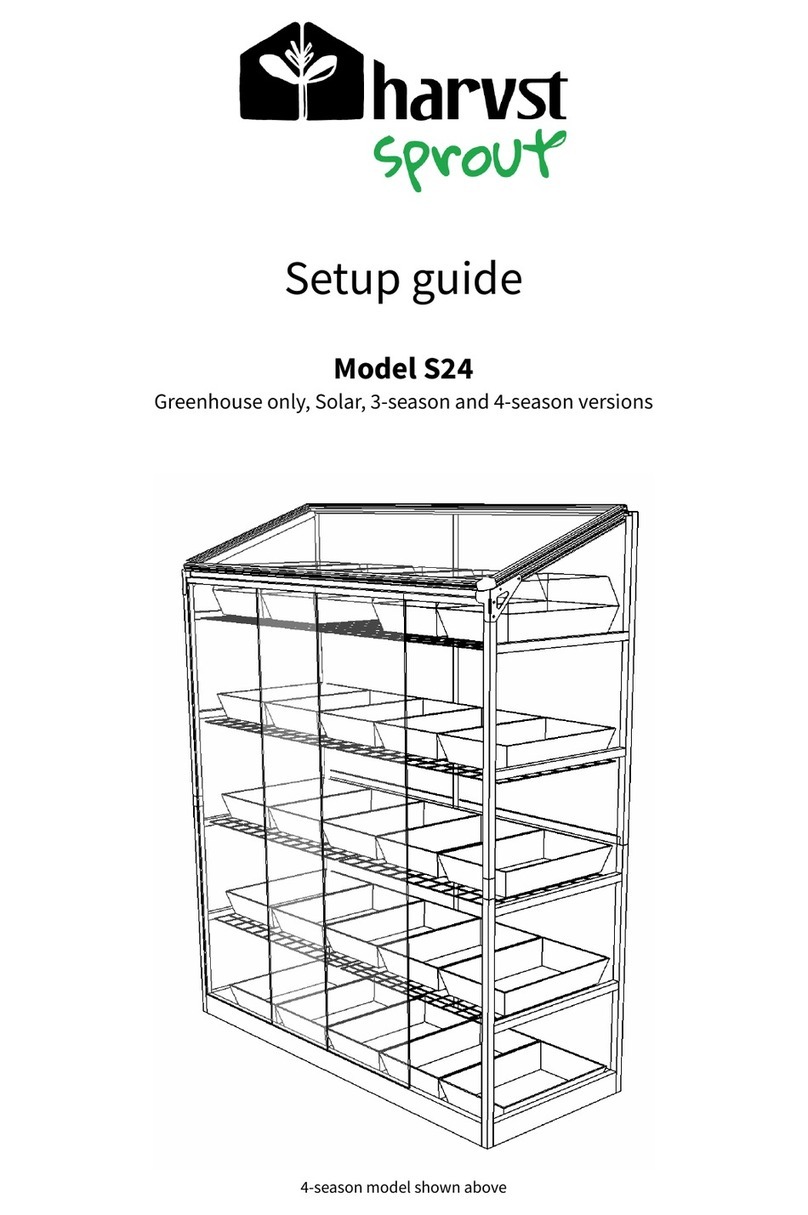
harvst
harvst S24 User manual
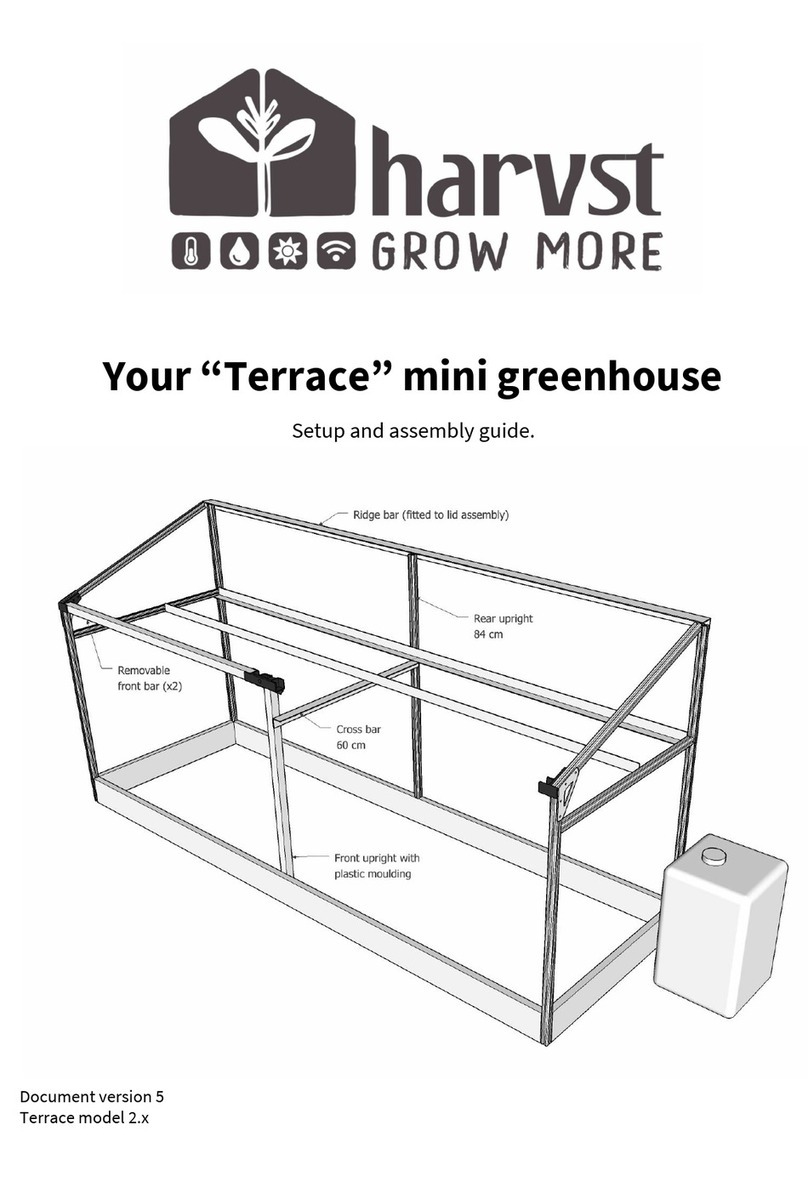
harvst
harvst Terrace User manual

harvst
harvst S14 User manual

harvst
harvst S24 User manual
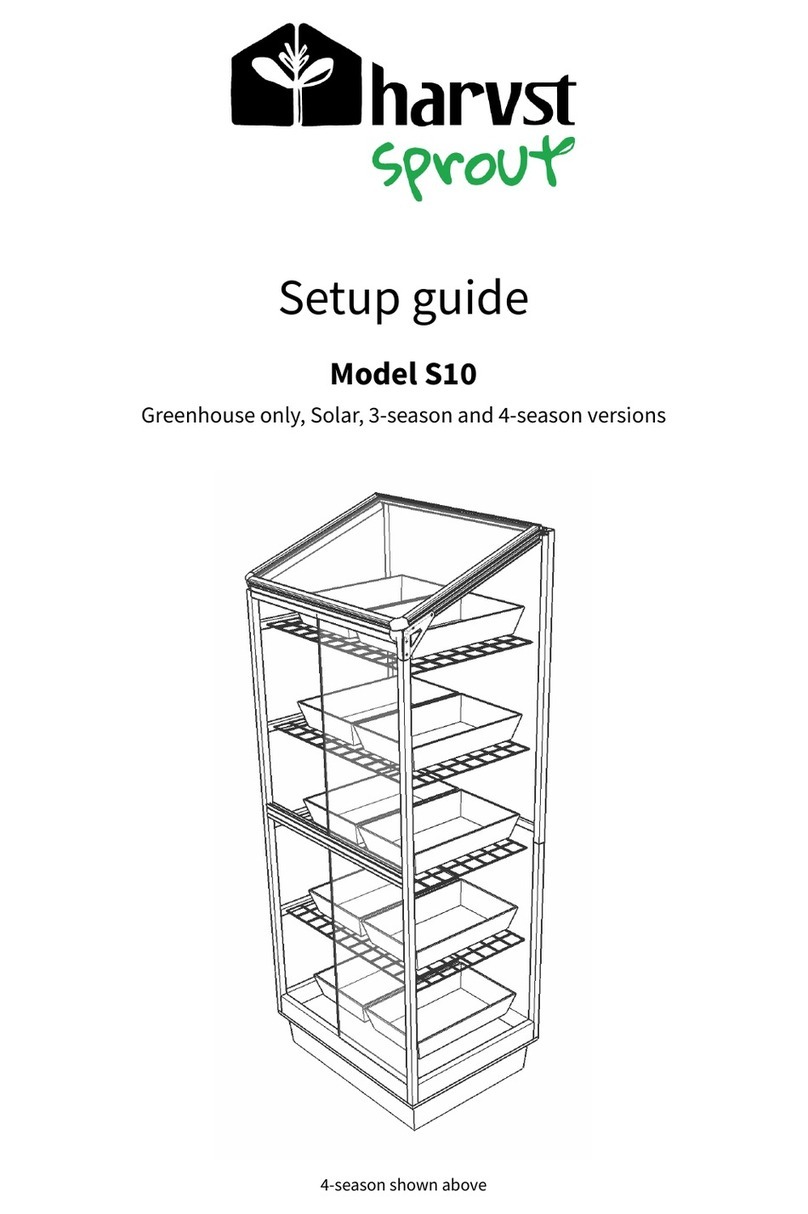
harvst
harvst Sprout S10 Mini User manual
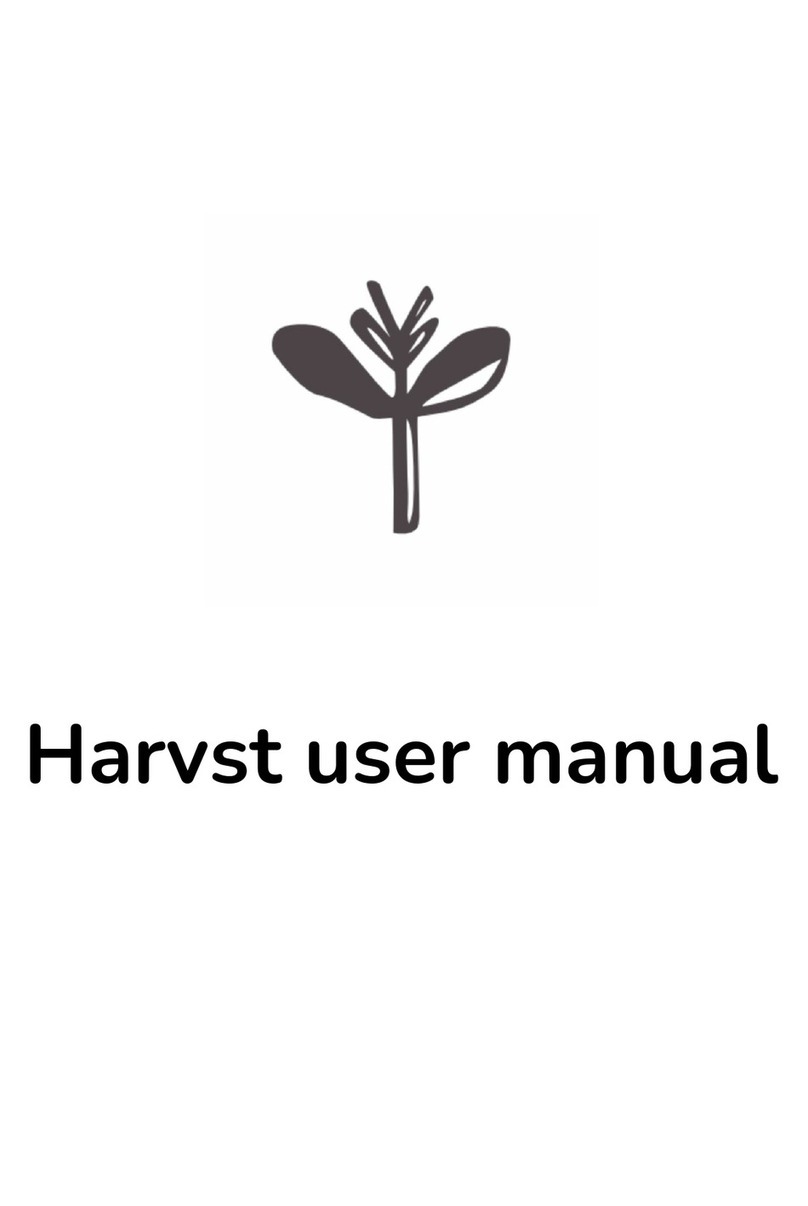
harvst
harvst Harvster User manual

harvst
harvst S24 User manual
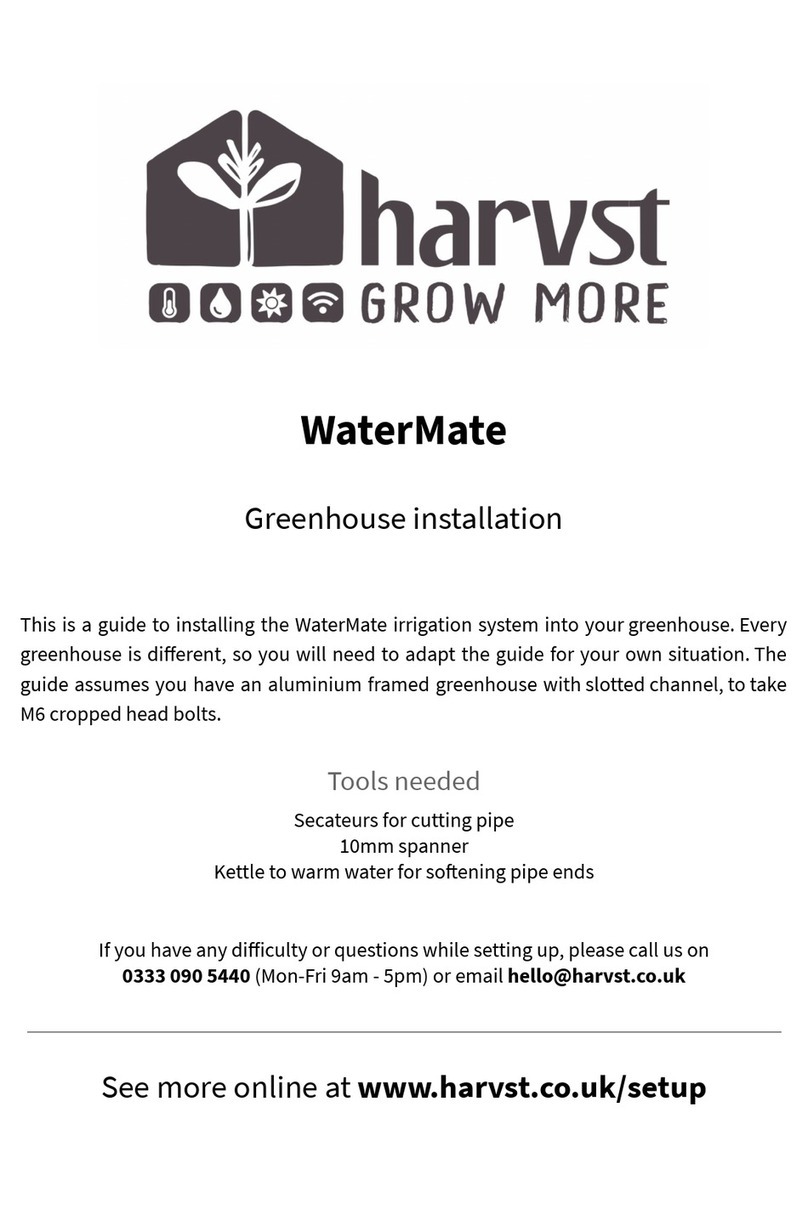
harvst
harvst WaterMate User manual
Popular Greenhouse Kit manuals by other brands
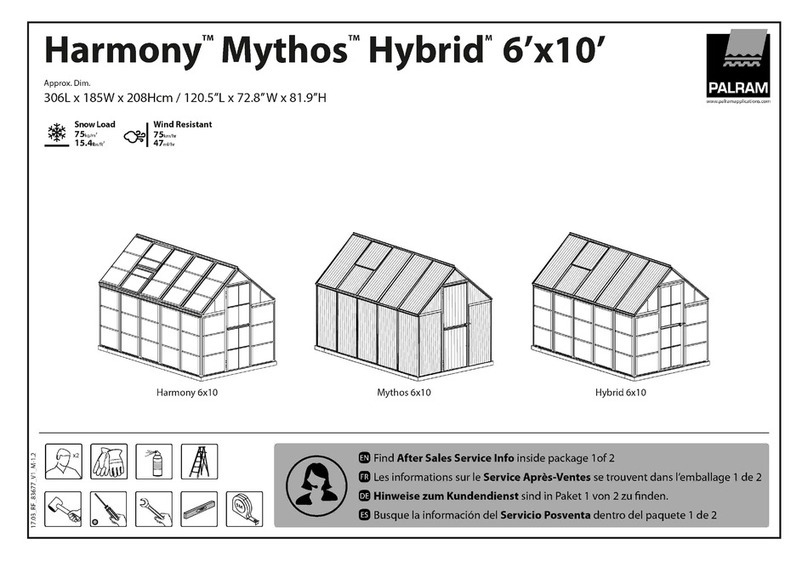
Palram
Palram Harmony 6x10 manual
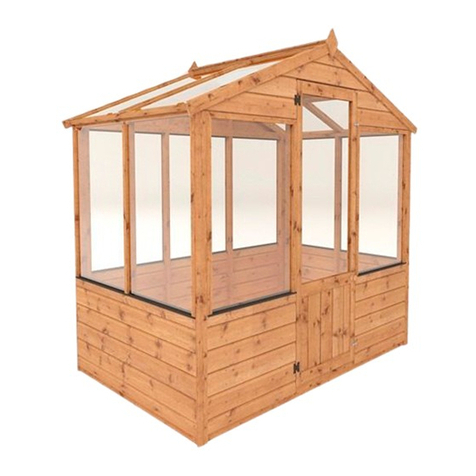
Mercia Garden Products
Mercia Garden Products 04GREEN0406SD-V2 General instructions
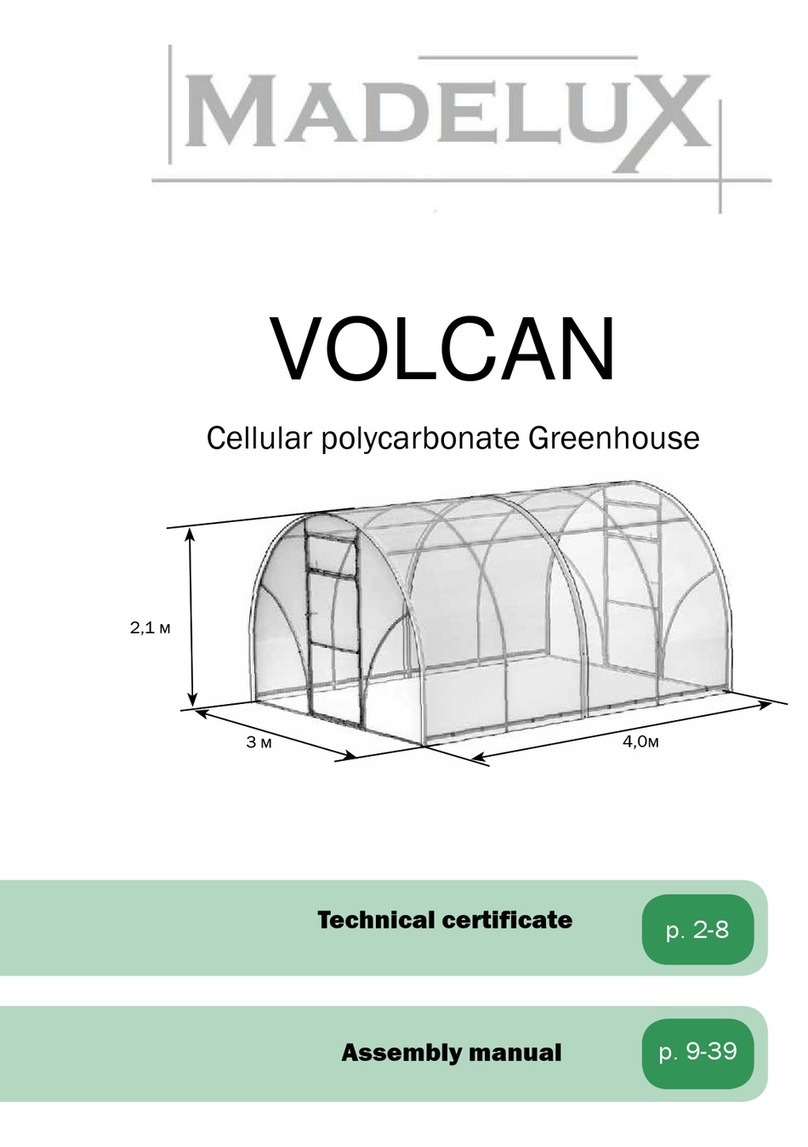
Madelux
Madelux VOLCAN Assembly manual
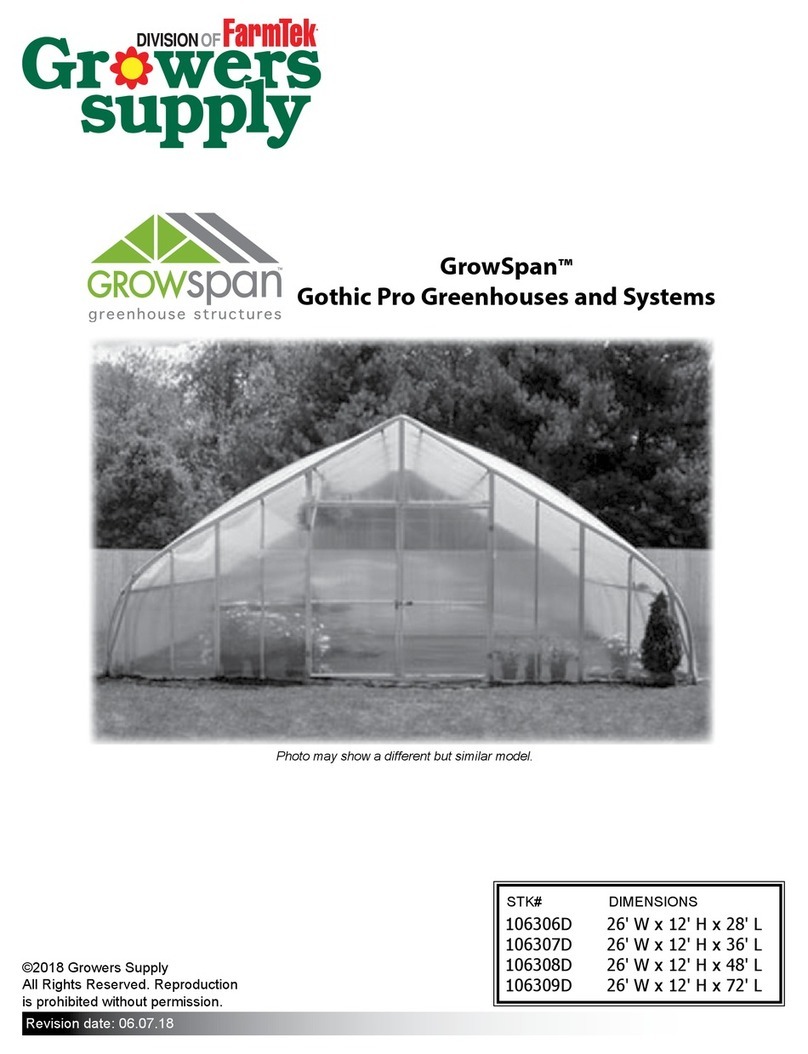
FarmTek
FarmTek Growers Supply GrowSpan Gothic Pro 106306D Assembly instructions
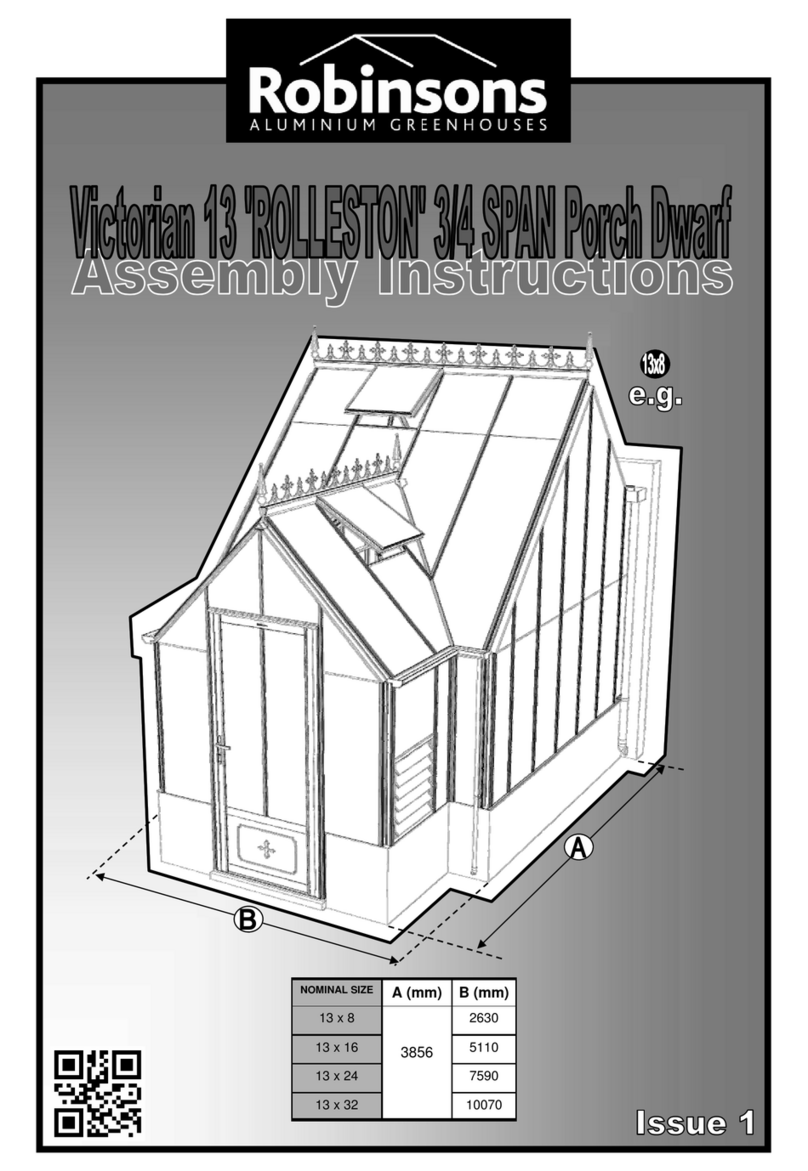
Robinsons
Robinsons Victorian 13 ROLLESTON 3/4 SPAN Porch Dwarf Assembly instructions
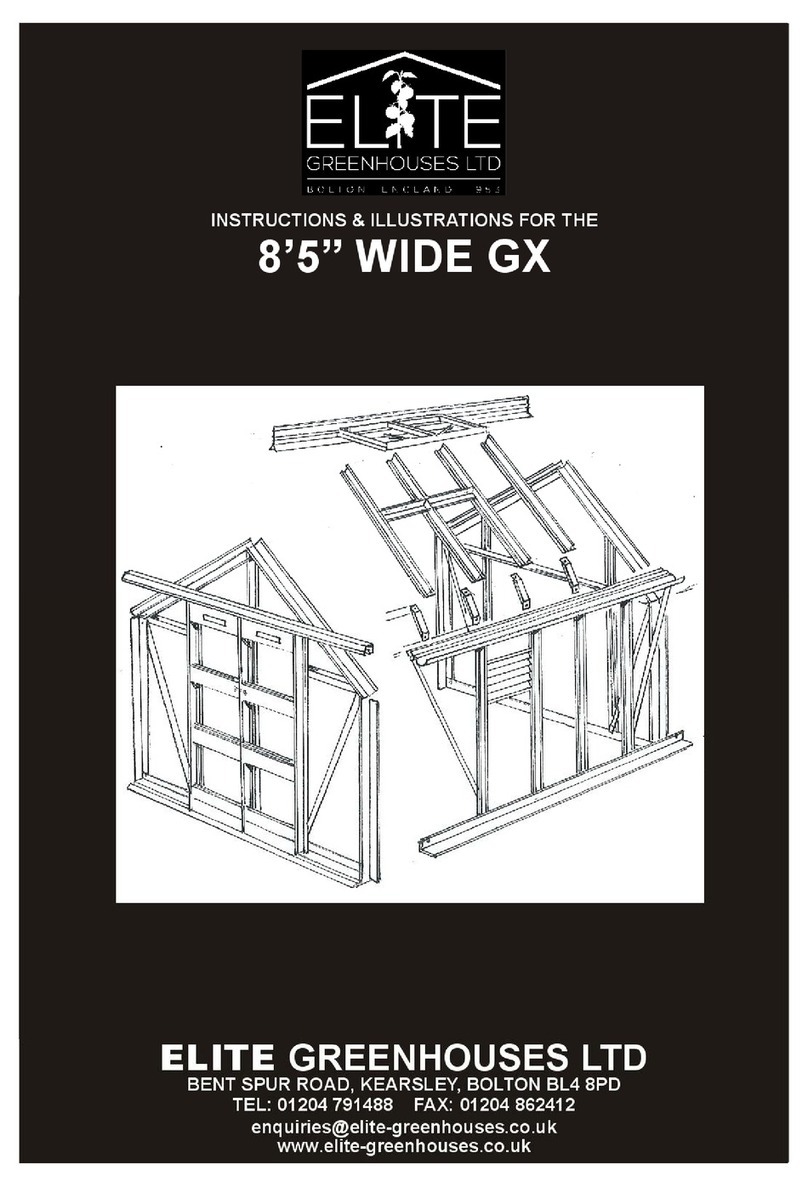
Elite Greenhouses
Elite Greenhouses GX800 Instructions & Illustations

Outsunny
Outsunny 845-421V03 Assembly & instruction manual

Richel
Richel J45602 Assembly instructions and user guide

BCG
BCG Traditional Series instructions
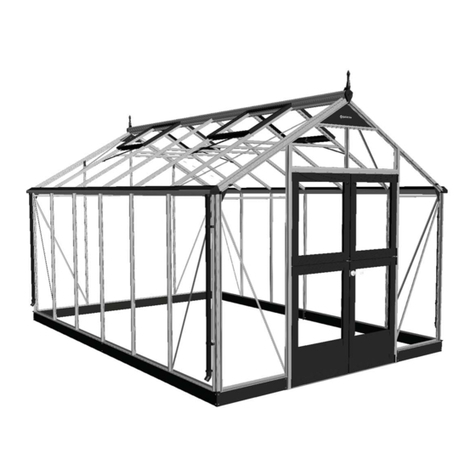
Juliana
Juliana Premium Wall Assembly instructions

RHINO
RHINO Premium Assembly instructions
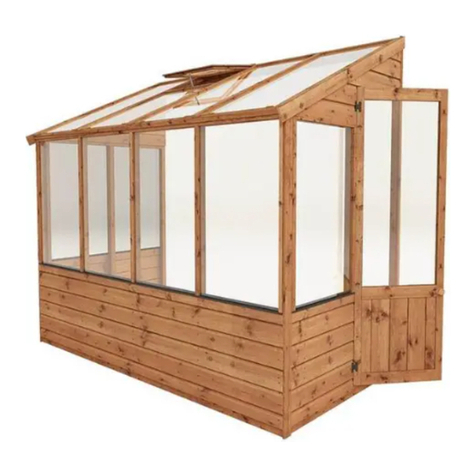
Mercia Garden Products
Mercia Garden Products 04GREENLEAN0804-V2 General instructions
